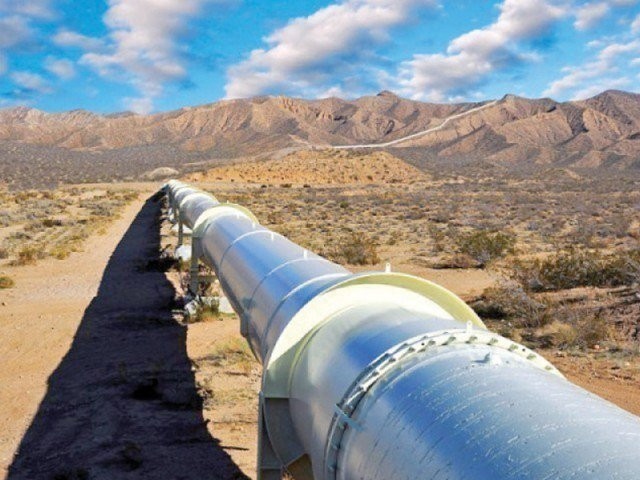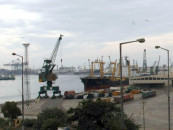Pakistan will prove to be a big market for global manufacturers: BoI
BoI chairman says country will prove to be big market for global manufacturers as middle class population grows

Calls CPEC game changer, says power shortage will end by 2017. PHOTO: FILE
“By 2025 the country’s middle class population will reach 100 million, which will prove to be a big market for global manufacturers,” Ismail said while speaking at the South Asian Federation of Accountants Conference 2016, organised by the Institute of Chartered Accountants of Pakistan.
‘Controversy over CPEC to have positive effect’
Pakistan was full of potential, had fifth largest coal reserves and copper deposits in the world and could produce 60,000 megawatts of electricity through the Indus River flow, he said. “We are full of natural resources and have talented human resources that should be ulitised.”
World Bank Lead Country Economist Enrique Blanco Armas, while talking to the audience, said South Asian governments were collecting very little revenue, which disturbed the available fiscal space for priority spending. However, the situation was slowly improving, especially for Pakistan, where revenue collection had risen from 12.4% in 2011 to 14.4% in 2015.
Former federal water and power secretary Hamid Hasan, in his speech on the topic of “Water - Economic Lifeline for Pakistan”, said water had a special significance for Pakistan’s agriculture-based economy as 23% of gross domestic product came from agriculture and it was the main source of sustenance for the rural population.
“Pakistan receives an average of 144 million acre feet (MAF) of fresh water annually from the Indus River system comprising the main Indus River and its tributaries.”
Of this, 104 MAF is diverted to the canal irrigation system of the Indus basin. Another 40 MAF is used for irrigation and domestic water supply is drawn from groundwater sources.
Institute of Chartered Accountants of India Central Council member J Venkateswarlu said regional integration in South Asia had remained weak on all fronts and even in the face of pressing needs, regional cooperation on water and energy, for instance, barely got the kind of attention that it deserved.
PM inaugurates TAPI gas pipeline project in Turkmenistan
“Trade statistics are even worse; intra-regional trade in Asia (as a geographic bloc) constitutes around 56% of total trade, whereas the South Asian intra-regional trade hovers below the 5% mark,” he added.
Published in The Express Tribune, January 31st, 2016.
Like Business on Facebook, follow @TribuneBiz on Twitter to stay informed and join in the conversation.


















COMMENTS
Comments are moderated and generally will be posted if they are on-topic and not abusive.
For more information, please see our Comments FAQ